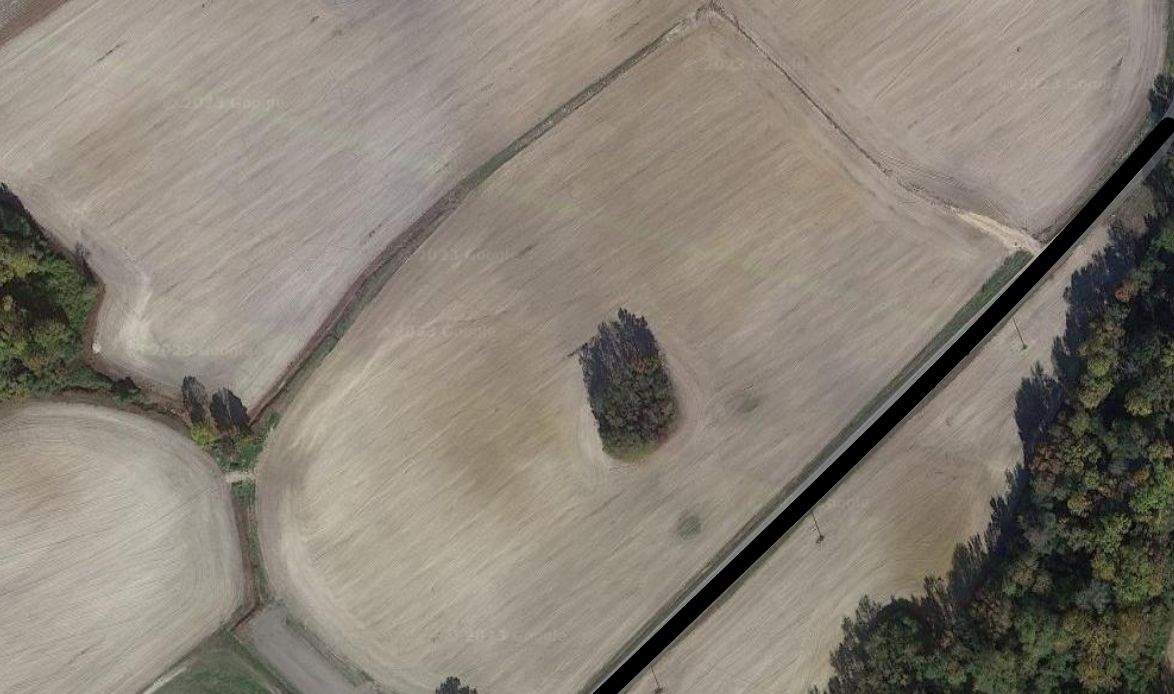The date was Jan. 24, 1961, and it was unseasonably warm, which isn’t too out of the ordinary for a North Carolina winter day.
But what happened that night was an event for the record books.
A Boeing B-52 Stratofortress was in the middle of a routine flight along the Carolina coastline. Military aircraft flying over North Carolina is a common occurrence given the several military bases across the state.
On board was a crew of eight and two powerful hydrogen bombs. Which; if you can believe, was a common practice during this era.

Mid flight, the B-52 aircraft suffered from a fuel leak. The pilot in command tried to burn off fuel before attempting to land at Seymour Johnson Air Force Base in Goldsboro. They did this to lower the risk of the plane exploding if the landing went wrong.
However, the plane’s condition turned even more downhill, including a failure in its right wing. The bomber was losing altitude and began breaking apart.
The pilot ordered the crew to eject; five crewmen successfully ejected/bailed out of the bomber and landed safely. Another ejected but did not survive the landing, and two died in the crash. The bomber eventually disintegrated and crashed to the ground.
As the fuselage headed toward the ground, centrifugal forces pulled on the plane’s system and the arming steps of the bombs on board activated. The two hydrogen bombs separated from the plane, falling to a field near Goldsboro.

The first bomb fell with its parachute open and was intact and standing upright thanks to the parachute getting caught in a tree. They reported that the bomb’s arm/safe switch was still in the safe position. However, it completed the rest of the arming sequence.
A single switch out of four prevented the bomb from detonating.

The second bomb left the plane partially armed, falling to the ground traveling hundreds of miles an hour. It landed in a muddy field and disintegrated without detonating its conventional explosives.
A high-voltage switch had prevented it from fully arming. They believe the switch is the reason the 24 megaton bomb did not explode.
Crews called off the excavation of the second bomb because of ground-water flooding.
They could retrieve the “pit” or core of the bomb, which is needed to trigger a nuclear explosion. However, they could not recover the secondary core containing most of the thermonuclear state that has uranium and plutonium. It was lost hundreds of feet underground on the muddy field.

Today, you’ll see an unassuming patch of trees and some discolored dirt in the field serving as reminders of this tragic night. There's also a historic sign marker in nearby Eureka to serve as another reminder of how close North Carolina was to a nuclear disaster 62 years ago.
Our team of meteorologists dives deep into the science of weather and breaks down timely weather data and information. To view more weather and climate stories, check out our weather blogs section.



